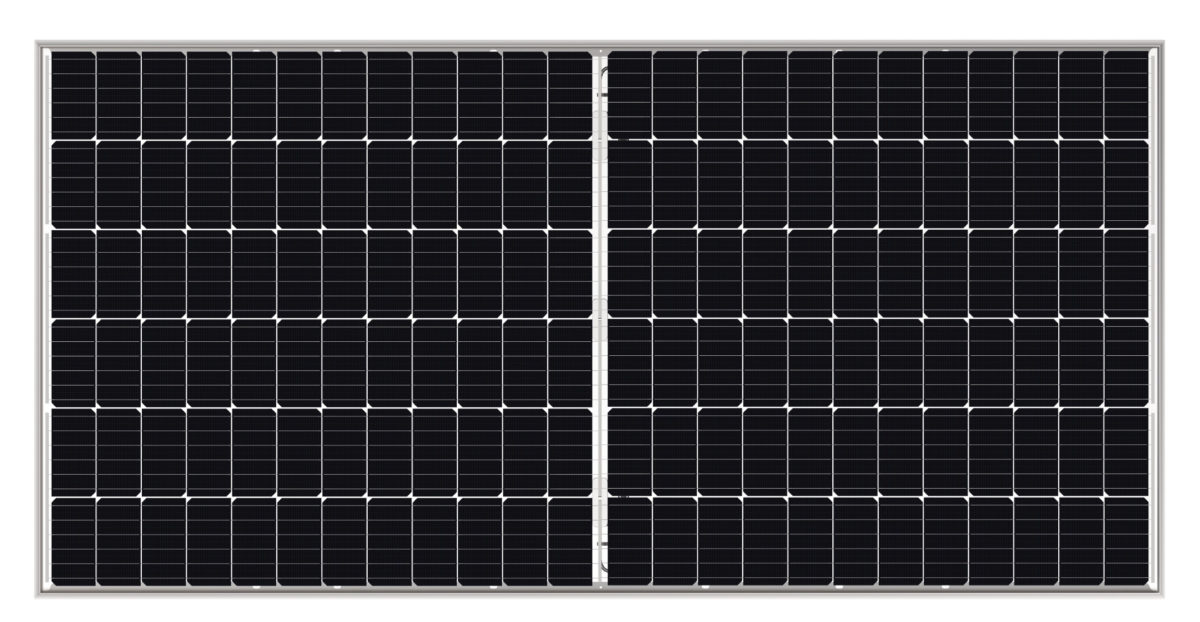small samples can achieve ridiculous efficiencies. @ me when they 1. can scale this thing to entire panel, and 2. lasts longer than it takes to get it out of lab. silicon can pull 22% and more, scales reliably and lasts longer. also, it’s a bunch of marketing fluff, linked to other marketing fluff. if there’s anything real, you could just post DOI
also does it contain lead? i bet it does, but there are no details at all
Lead isn’t a problem if it’s contained, but there needs to be a disposal plan.
from everything i’ve learned about chemical waste management and recycling, no it won’t remain contained
What matters is longevity and price per watt, first and foremost.
High-efficiency solar panels might be cool for spacecraft or other highly limited space installations, but generally it really isn’t the absolute first priority.
I’m the big picture, maybe. On the other hand, there are plenty of cases where efficiency-per-size may be more important than price-per-efficiency given the available surface area to place a panel.
The article could benefit from some additional context; is this a one off thing or can we expect to see this in mainstream solar installations? If yes, then kind of time scales are we talking about? What is the cost difference between this type of panel and “mainstream” panels? More information on Longi would also be helpful.
I dont know this work, but have had a hand in some solar cell research (nanomaterials development), so can give a little context. This is a “one off” in so much as it will be centimeters sized lab based sample, although it has been repearedto verify. The current cost difference is astronomical versus mainstream (silicon) panels, but that’s typical of new discoveries. To be more exact, this is TRL 4 (technology readiness level 4) which is a scale that goes up to 9. Things only start getting cheap as you get towards the top. As for what the expected price of these materials would be, we don’t usually know for sure, although as this is a tandem cell it must be more expensive than mainstream as it literally builds a perovskite cell on top of a silicon one. They will never be used for mainstream - this is a specialist material.
The perovskite itself might make it as a general use solar cell. They have good efficiencies and you don’t have to make pure silicon (which is a bitch) and can in theory make them cheap and easy. As for time frame, I’m a bit of a skeptic it will ever be really used as there are a couple of issues this tech needs to address before it’s viable (#1, they degrade in air and encapsulating them adds new issues) and we already build silicon factories so that is soooo cheap versus building new factories to make long-term-cheaper cells. Factories are expensive. But in theory, anyone could push it to the mainstream within a decade.
Thank you for this! Nothing wrong with “tech demo” type initiatives, but they need to be clearly labelled as such.
What caught my attention was that this was likely a “centimeters sized lab based sample” and “they degrade in air”). These two factors make it seem like, while this is interesting tech achievement, it’s not really viable for mainstream use anytime soon.




